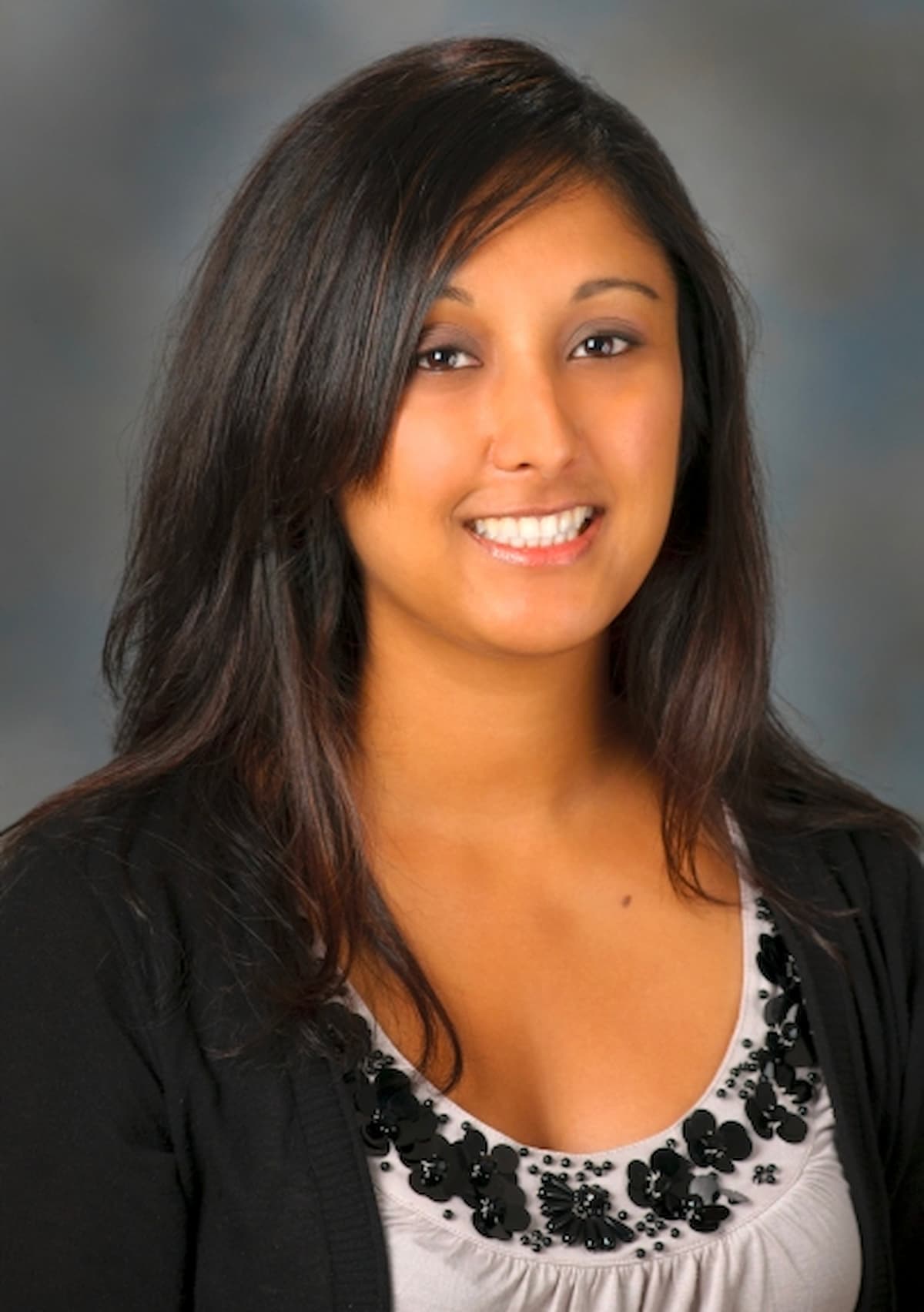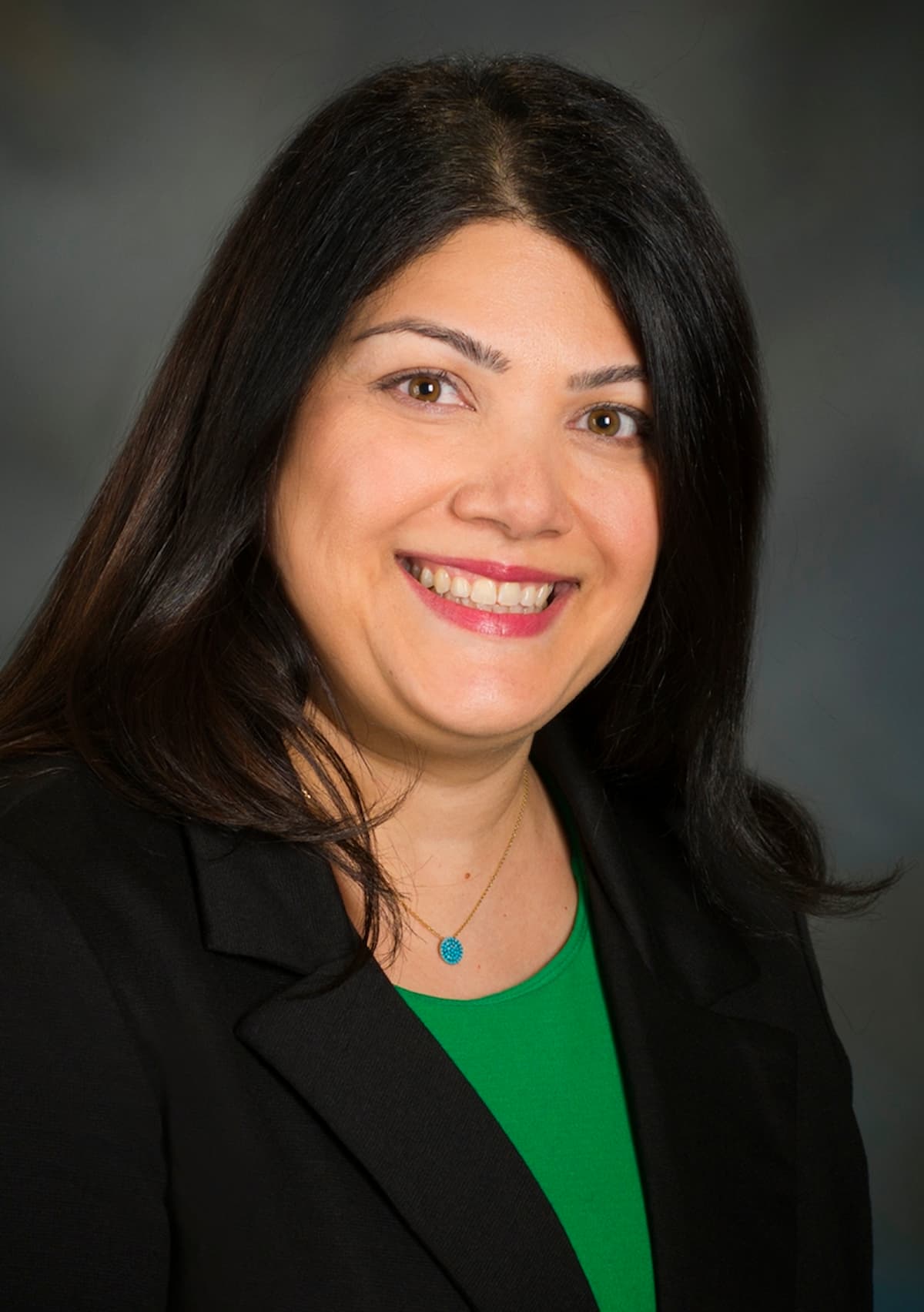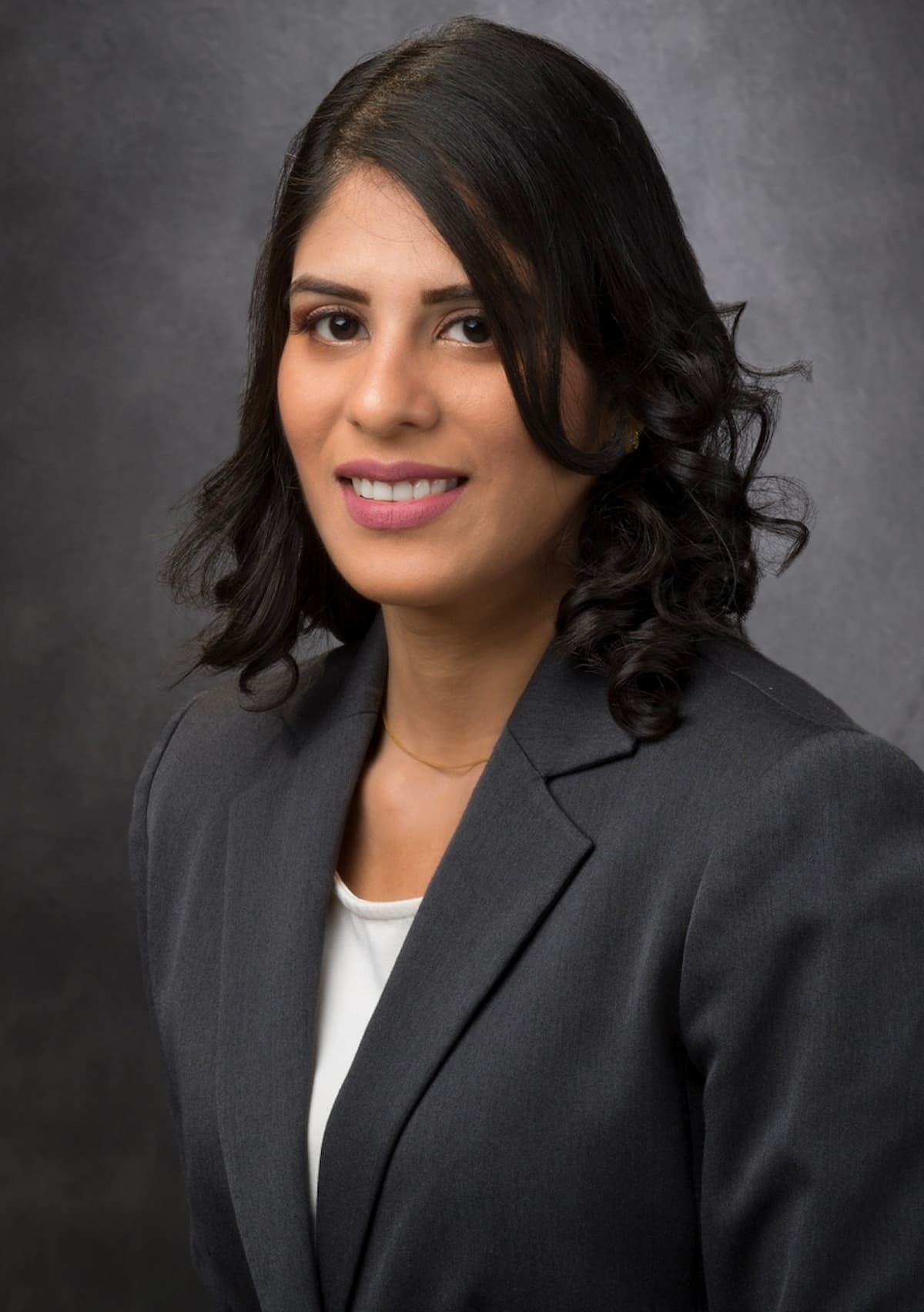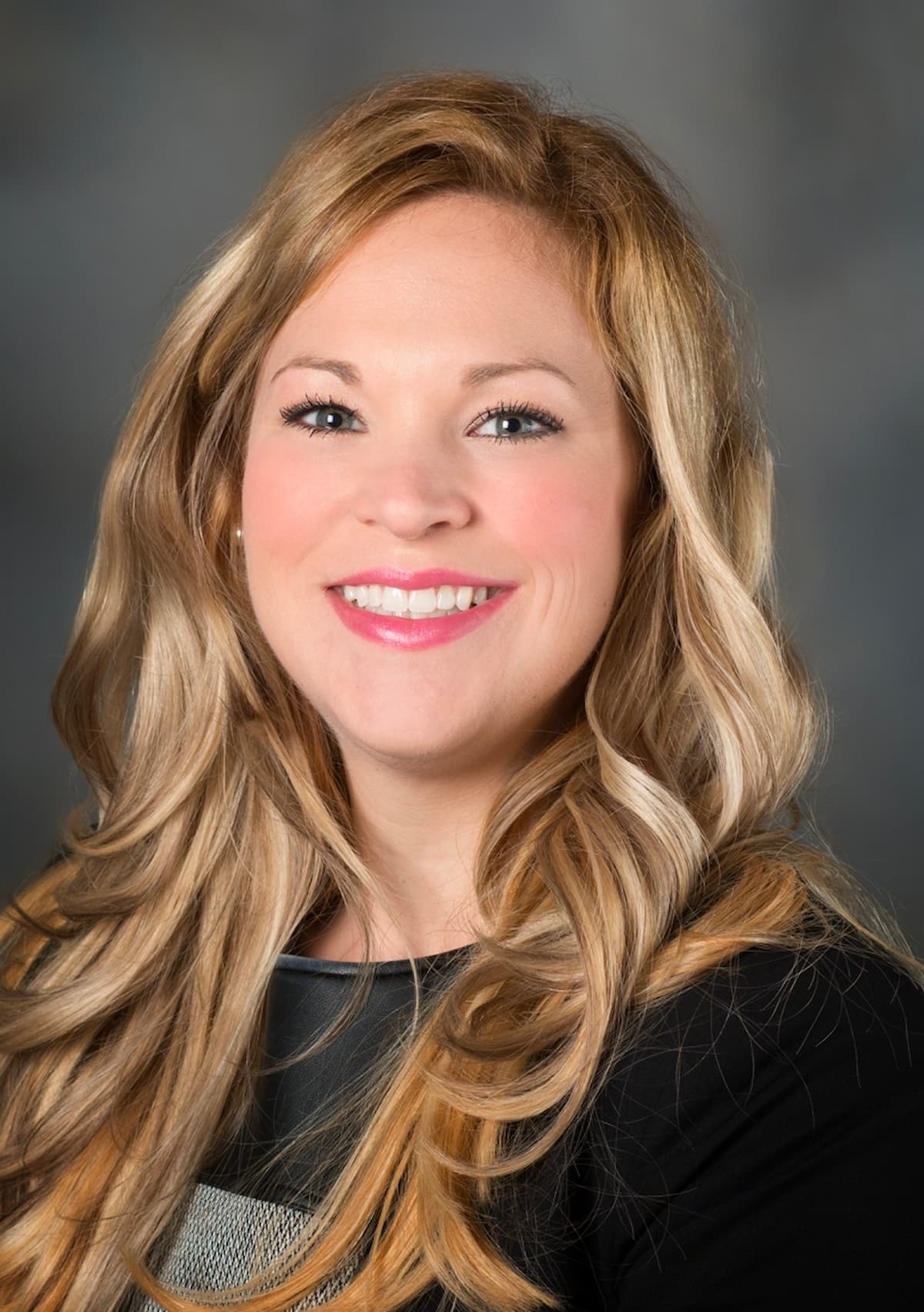Telehealth and Treatment Selection: Highlights From an Expert Panel on Multiple Myeloma
A Satellite Sessions program panel at the University of Texas MD Anderson Cancer Center discusses topics in multiple myeloma including the selection of triplet vs quadruplet treatment regimens and optimizing outcomes in the maintenance setting.
Krina K. Patel, MD, MSc
Associate Professor

Sairah Ahmed, MD
Associate Professor
Director of the CAR-T Program

Tejo N. Musunuru, MD
Assistant Professor

Melody Renee Becnel, MD
Assistant Professor

CancerNetwork® recently hosted a Satellite Sessions program at the University of Texas MD Anderson Cancer Center. The program brought together experts from both the main campus and a satellite clinic to highlight the diversity of views and practices in the multiple myeloma space, and to investigate the treatment standards bridging these different locations.
The panel was led by Krina K. Patel, MD, MSc, an associate professor located at the main campus. Panelists included Sairah Ahmed, MD, an associate professor and director of the CAR T Program located at the main campus; Tejo N. Musunuru, MD, an assistant professor located at MD Anderson League City; and Melody Renee Becnel, MD, an assistant professor located at the main campus.
The panel discussion broached a variety of topics; the most notable included the selection of triplet vs quadruplet treatment regimens, optimizing outcomes in the maintenance setting, the challenges and advantages of virtual patient visits, and the most pressing unmet needs in this disease space.
Q: How do you choose between triplet and quadruplet regimens for transplant-eligible patients with multiple myeloma?
BECNEL: Picking induction therapy for our patients is a little more challenging than it used to be. We’re having to individualize it according to patient comorbidities [and] risk factors for high-risk multiple myeloma. When it comes to picking triplet vs quadruplet [regimens] in the induction setting, I go with quadruplets for my younger, fit patients with especially high-risk disease. For patients who are less fit, I still go with triplets, but depending on how they do, we may change that [practice] in the future.
MUSUNURU: We [at MD Anderson League City] do pretty much the same thing. The risk classification [of a patient’s disease] based on disease [attributes] as well as comorbidities is the major reason to choose one regimen over the other. The other [factor] is convenience. Some patients would like an oral regimen, which now we’re starting to use more in the second-line setting [than the first]. Another factor is whether [patients] can come in every week. Despite all the advances in treatment, they have to come in once a week [for most of the regimens].
PATEL: When I first see a patient come to my clinic, sometimes I can’t tell if they’re [transplant]-eligible or not. You try to decide, based on performance status and frailty, what each patient can start with. Often, I’ll start with the triplet regimen and then, once I know they’re doing better, I’ll add the fourth drug.
Q: What quadruplet therapy do you prefer? What about maintenance therapy?
BECNEL: Daratumumab [Darzalex] plus bortezomib [Velcade], lenalidomide [Revlimid], and dexamethasone [DARA-VRd] is [what I prefer for] quadruplet induction therapy for most patients. When it comes to maintenance, I use daratumumab for many patients. It leads to significantly improved outcomes and, from a convenience perspective, it’s well-tolerated. I do give patients the [full array of] options, but most choose daratumumab.
MUSUNURU: This is my experience, too. DARA-VRd is [my preferred] quadruplet [regimen]. Acquiring lenalidomide early on may be a little difficult, so in the first cycle I sometimes skip it just to get them started on treatment [as early as possible], and then I move to the quadruplet [later]. I’ve been using daratumumab maintenance just because of the convenience. Compared with things like carfilzomib [Kyprolis] or bortezomib, daratumumab is a lot easier on the patients. For patients with high-risk disease, I’m usually going with daratumumab plus lenalidomide [in the maintenance setting].
PATEL: I [also] don’t use daratumumab plus lenalidomide for everybody. Post-transplant, if they’ve had a great response, I still want to make sure they don’t get infections, and so I’ll start slow. [Nonetheless], for patients with high-risk disease, I want to give at least a doublet or even a triplet regimen in the maintenance setting.
Q: How do you choose induction regimens for transplant-ineligible patients?
BECNEL: Daratumumab plus dexamethasone is my [preferred regimen] unless there’s some pulmonary issue, for example, that would preclude daratumumab.For the typical transplant-ineligible patient, I’d use daratumumab plus lenalidomide plus dexamethasone for at least 8 to 12 cycles of treatment, reassess, and then keep them on maintenance with daratumumab if they tolerated it thereafter.
MUSUNURU: Regarding the lung toxicity of daratumumab, I haven’t seen a whole lot [of it], even in patients with advanced chronic obstructive pulmonary disease [COPD]. I’ve been able to use daratumumab a lot.
Q: How do you conduct virtual visits? How do you use telehealth strategies to reach patients?
BECNEL: You can get a fair assessment virtually by asking both the patient and the family [the right questions]. The family is the biggest tattletale; the family’s honest, and they’ll give us a good assessment. I do a lot of virtual visits. I want to see the patient in person at least once if I can, unless they just want my opinion once, but there’s not much discordance between virtual and in-person visits from an interview perspective.
PATEL: I agree. [Telehealth] makes it so much easier for our patients, but sometimes that walk test tells me much more than when they’re sitting down and telling me that everything’s great.
BECNEL: There was once a patient for whom I was doing a virtual visit, and he was just lying in bed. I asked him, “Is this for comfort?” It was. You’ve just got to ask them to move around.
Q: How do you think about different treatment targets? Why can’t we often treat with GPRC5D-targeted therapies first, and then move to B-cell maturation antigen (BCMA)–directed therapies?
MUSUNURU: One of the issues with GPRC5D-targeted therapyis the toxicity. In the satellite locations, getting the drug, or dealing with cytokine release syndrome, is one step. [When it comes to] the long-term toxicities, like the ocular or ophthalmic toxicities of the BCMA-targeting therapies or the antibody-drug conjugates, the problem is that we can’t just send the patient to a community ophthalmologist and expect them to understand all the associated risks. We deal with the nearby infection doctors, and they may not always understand the risks associated, or how the medication interacts with these different toxicities.
Q: What are your final thoughts on the present landscape of care in multiple myeloma? What do you hope to see in the future?
BECNEL: My wish for pharmaceutical companies is to include patients with central nervous system [CNS] disease on your trials, [as well as patients with] all the other high-risk features for which they’re often excluded. Having access to more oral treatment options for multiple myeloma would also be amazing.
MUSUNURU: From the satellite location perspective, this is an exciting time in the field of multiple myeloma. There’s so much to look forward to, including the bispecifics and CAR T therapies proliferating out of the medical centers to the satellite locations.
PATEL: Amrita Krishnan, MD, once said that the biggest [unmet] need in multiple myeloma is to stop therapy, to have patients not on therapy. We’re slowly getting there.
AHMED: Overall, we’re not doing a great job with [expanding] access. It’s not just [a matter of] getting a patient a slot, but a question of: How do you get that patient to a location that can treat them? That’s true for many of these novel therapies, because they proliferate to those centers that have done the trials and the bigger centers, but that’s not where patients live. That needs to change. We need to have a pathway for these patients to be receive treatment, ideally where they live or close to it. Frankly, these are very expensive treatments, and they generate a lot of income for a lot of people, and some of that needs to be put back into getting patients access.
Navigating AE Management for Cellular Therapy Across Hematologic Cancers
A panel of clinical pharmacists discussed strategies for mitigating toxicities across different multiple myeloma, lymphoma, and leukemia populations.